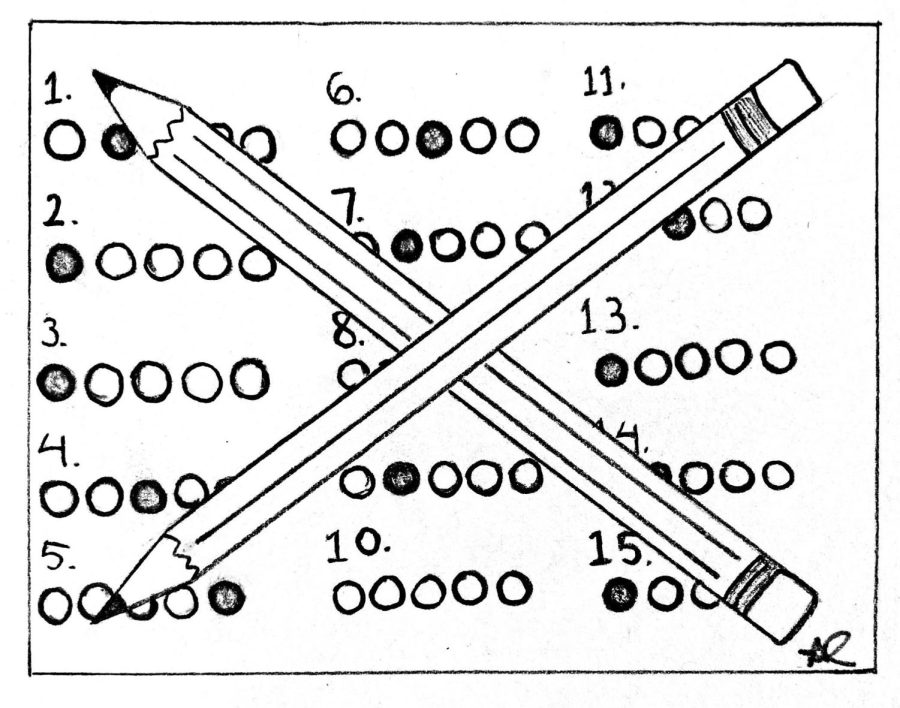A Test More Suitable for Gen Z:
A Modernized, Digital SAT
On Jan. 25, the College Board announced that starting in 2024, the Scholastic Aptitude Test, or SAT, would become digital, leaving many students questioning what this means for them and their college application process.
The pencil and paper SAT has been offered since 1926 and since then has been an often stressful but vital part of college applications for students.
Although the SAT is somewhat controversial in its equity, especially regarding scores from students of low-income households, the updated, digital version of the SAT will benefit students and make standardized tests a less stressful experience.
Not only is the digital format more student-friendly, but the test content itself is supposed to help students achieve better scores with more relevant material. Unlike previous generations, Gen Z was raised with new technology, so if anyone is comfortable with using technology, it’s the current high school students.
The digital test allows students to take the test on their own devices or a school device, as long as they are present at a testing site. Many students who tested out the digital version of the SAT said that the familiarity of being able to use their own laptops for the test made the experience overall less stressful.
The College Board also says scores will be released earlier than before, letting students know how well they did with a much shorter waiting time.
The digital SAT is not only updated in its formatting, but in its content as well. The exam itself has been shortened from three hours to two and more time has been allotted per question.
One of the trickiest aspects of the SAT was time management. But, with the new changes it’s one less thing students need to worry about. Other changes include shortened reading passages and calculators being allowed for the entire math portion of the test.
Many critics were skeptical of the digital SAT when the College Board first started making plans for it back in 2019. However, the new version of the test addresses all the arguments previously made against it. There were concerns over how the test could be made secure without anti-cheating software violating student privacy and whether or not students would be able to cheat more easily on the exam.
The newly developed test program prevents students from opening other applications while the test is in session and the College Board promises to adhere to the generally accepted standards to protect students’ information.
Furthermore, the test will be proctored at an in-person testing site, just like before, so test security shouldn’t be an issue.
The digital SAT is the future of standardized testing, and students will benefit from the reforms made to the test.
